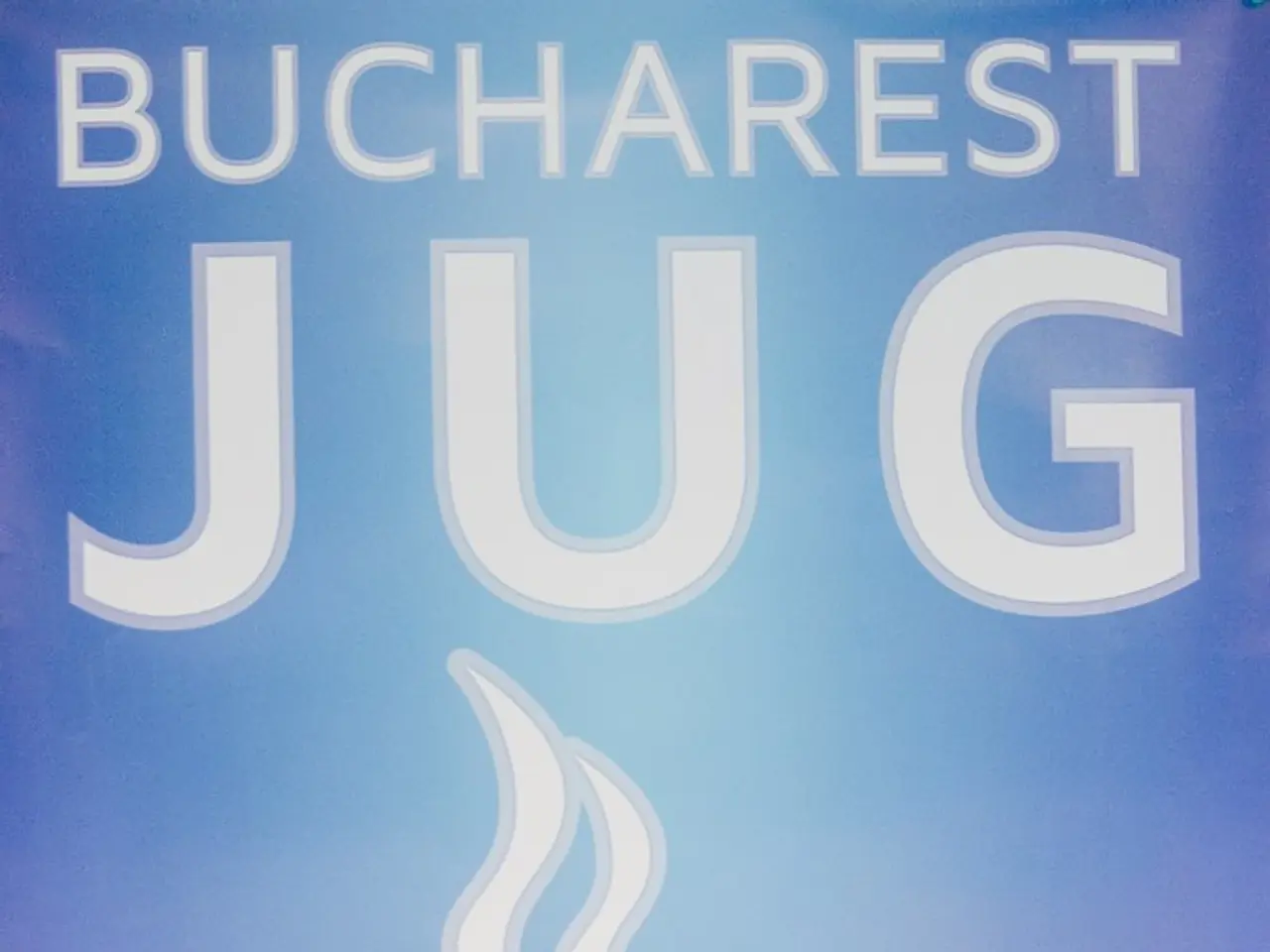Thuringian Municipalities' Tax Scenario: Slight Reduction in Revenues
Decrease in Thuringian municipalities' tax income slightly observed - Thuringian municipalities experienced a slight reduction in their tax-generating capabilities
Hey there! Let's dive into the financial situation of Thuringia's municipalities, shall we?
Despite a slight dip, the overall tax foundation of approximately 600 Thuringian municipalities remains susceptible to new investments. However, the tax base fluctuated noticeably across various regions, as highlighted by data from the Statistical Office of the Free State of Thuringia. With a total of 2.16 billion euros, the collective tax basis translates to 1,025 euros per capita.
On a state-wide average, municipalities adjusted their tax levies only partially and modestly, according to the statistical office. The property tax rate for private and commercial properties rose slightly from 439% to 440%, while the business tax rate climbed from 413% to 414%.
The majority of the revenue comes from business taxes
Thuringian municipalities gathered a sum of 1.07 billion euros in business taxes and 255 million euros in property taxes during the past year. This equates to a real tax reduction of 55 million euros or 4% compared to the previous year. In contrast, revenues from the municipal share of income tax rose by 38 million euros to 750 million euros. The municipal share of value-added tax marginally increased by one million euros to 173 million euros.
There were disparities in tax bases between the larger independent cities and the municipalities under a district. The five independent cities boasted an average of 1,082 euros per capita, a drop of 16 euros from 2023. Meanwhile, the other municipalities exhibited an average increase of three euros per capita, equating to 1,006 euros per capita. Jena led the pack among the independent cities with 1,328 euros per capita. Korbußen and Lederhose, both in the district of Greiz, emerged as the municipalities with the most substantial increase in per capita taxes, boasting 13,144 euros and 7,661 euros respectively.
Mind you, these figures represent the status quo, but factors influencing tax revenues are ever-changing, comprising economic conditions, tax policies, population dynamics, property and business circumstances, and government support. The recent greenlighting of an "immediate tax investment program" by the Federal Cabinet may potentially impact the future economic climate and tax revenues, although its immediate implications on the current tax base depend on its specifics and timeline. For more granular insights, consulting local economic data and specific policy changes would be beneficial.
- To ensure sustainable growth and financial stability, the Community policy in Thuringia should consider providing vocational training programs for its citizens, focusing especially on sectors that contribute significantly to the local business environment.
- With a focus on business growth and the potential impact of the "immediate tax investment program", it's crucial for municipalities to explore financing options, such as seeking investments in vocational training, to enhance their workforce's skillset and competitiveness, further solidifying their tax base.




